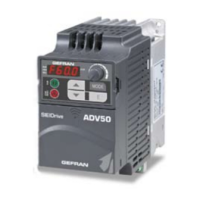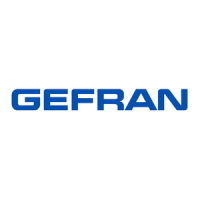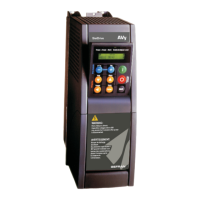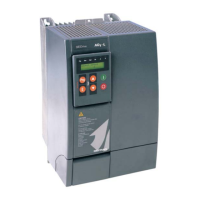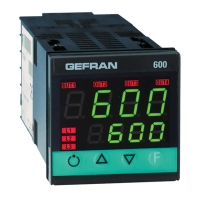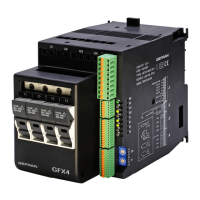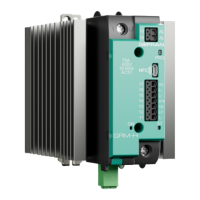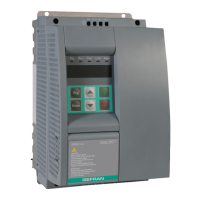What to do if my Gefran Controller displays a drive overload alarm?
- MMichael WilsonSep 13, 2025
If your Gefran Controller shows a drive overload alarm, check that the size of the drive is suitable for the application.
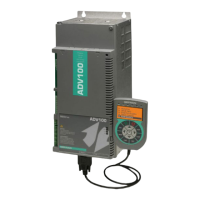
What to do if my Gefran Controller displays a drive overload alarm?
If your Gefran Controller shows a drive overload alarm, check that the size of the drive is suitable for the application.
What to do if my gefran SIEIDrive ADV100 displays a motor overload alarm?
If your Gefran Controller is showing a motor overload alarm, reduce the motor load or increase the size of the motor.
How to fix a DC link overvoltage alarm on a Gefran Controller?
A DC link overvoltage alarm on your Gefran Controller, caused by energy recovered from the motor, can be resolved by extending the deceleration ramp or using a braking resistor between terminals BR and C to dissipate the recovered energy.
What should I do if my Gefran Controller shows a ground short circuit alarm?
If your Gefran Controller shows a ground short circuit alarm, check the drive and motor wiring and ensure that the motor is not grounded.
What to do if my gefran SIEIDrive ADV100 displays an instantaneous overcurrent in the IGBT bridge alarm?
Switch the drive off and then switch it on again. If the alarm persists, contact the technical service centre.
What does it mean if my gefran SIEIDrive ADV100 shows 'The number of attempted automatic restarts after the Undervoltage alarm has exceeded the set PAR 4650 UVRep attempts'?
This indicates that there have been too many Undervoltage alarms. Adopt the proposed solutions for the Undervoltage alarm.
Why is my gefran SIEIDrive ADV100 Controller showing a 'Heatsink temperature too high' alarm?
If your Gefran Controller displays a 'Heatsink temperature too high' alarm, verify the correct operation of the cooling fan and check that the heatsinks are not clogged.
What does it mean if my gefran SIEIDrive ADV100 shows '2 attempted automatic restarts after the Overcurrent alarm within 30 seconds'?
This indicates that there have been too many Overcurrent alarms. Adopt the proposed solutions for the Overcurrent alarm.
What to do if my Gefran Controller shows a ground short circuit alarm?
Check drive and motor wiring and ensure that the motor is not grounded.
What to do if my gefran SIEIDrive ADV100 Controller is showing a braking resistor overload alarm?
If your Gefran Controller displays a braking resistor overload alarm, it means the current absorbed by the resistor is greater than the rated current, and the overload threshold of the accumulator of the I²t braking resistor thermal image has been exceeded. You should increase the Watt value of the braking resistor.
| Category | Controller |
|---|---|
| Safety | STO (Safe Torque Off) |
| Protection class | IP20 |
| Switching frequency | 16 kHz |
| Fieldbus | CANopen, Modbus RTU |
| Communication interface | RS485 |
| Storage temperature range | -25°C to 70°C |
| Relative humidity | 5% to 95% (non-condensing) |
| Dimensions | Varies by model |
| Weight | Varies by model |
Lists and describes parameters for monitoring drive status and operational values.
Details parameters for identifying and configuring the drive, including version and series.
Covers parameters for saving settings, setting regulation mode, and managing access.
Details how speed and torque references are adapted and set using various input sources.
Explains how to enter motor plate data for regulation and self-tuning procedures.
Covers parameters for encoder pulses, supply, input configuration, and signal checks.
Explains parameters for setting proportional, integral, and derivative gains for speed regulation.
Details parameters for current, flux, and voltage regulator gains and time constants.
Covers parameters for setting torque current limits and selection of torque limit behavior.
Details various functional blocks and features of the drive for enhanced control.
Defines how alarms affect drive behavior, including status, reaction types, and auto-restart.
